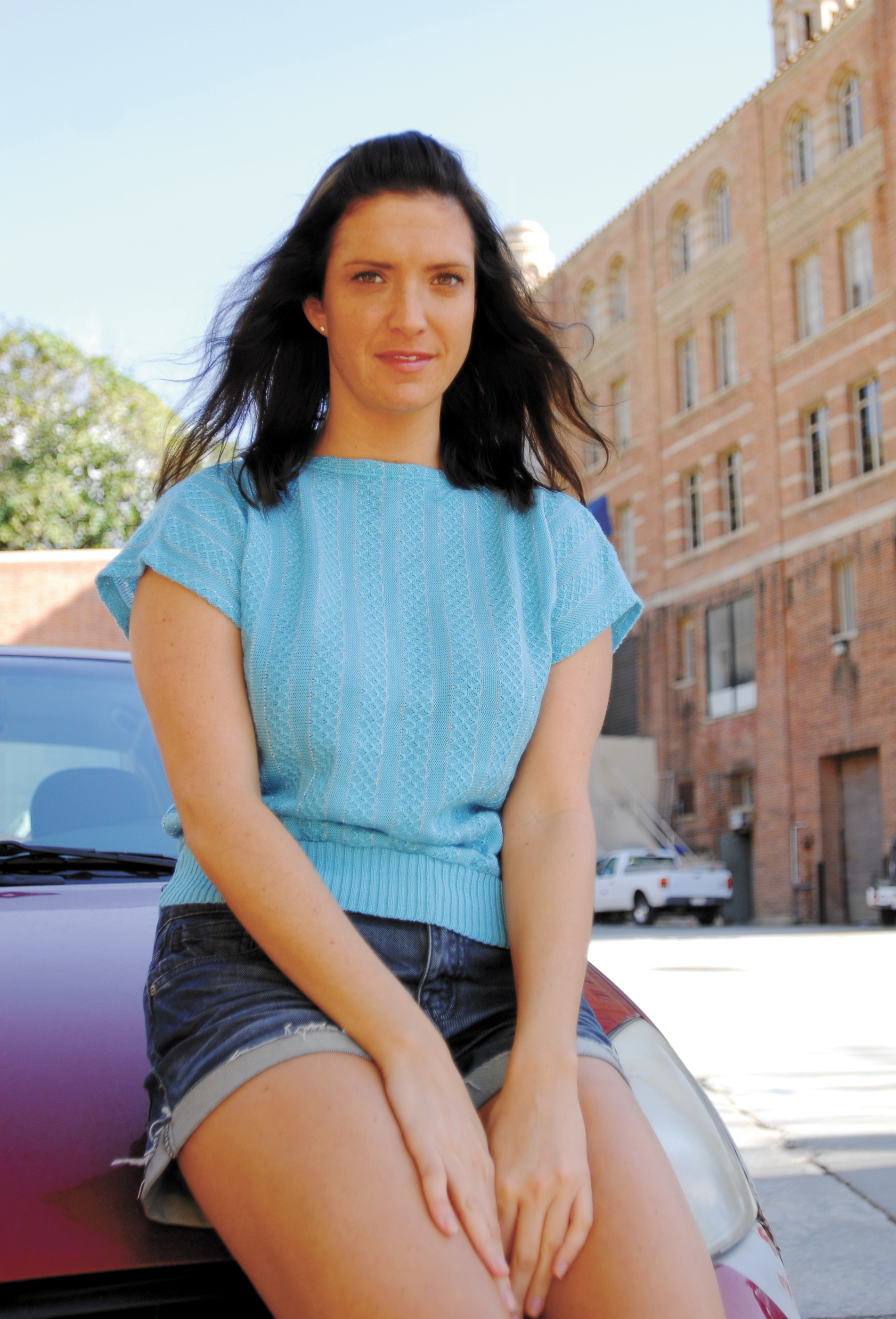Eighty hours.
That is the amount of time Catherine Mangan spends driving to and from UCLA each quarter.
Mangan, a third-year anthropology student, said it can take as little as 30 minutes or as long as an hour and a half to fight through the 405 Freeway south from her home in Studio City.
“I hate the commute. It’s takes up a lot of time and it’s super stressful, so next year I’m going to try and move closer to UCLA so I can just walk onto campus,” Mangan said.
The issue of parking is also of concern to Mangan.
“I think it’s absolutely outrageous how much parking permits are, and since I missed the deadline for next quarter’s parking permit, I’m forced to pay $10 a day for parking.”
Of the 39,650 students who attend UCLA, 28,722 of them are commuters, according to a recent report published by UCLA Transportation.
Twenty-five percent of student commuters come to UCLA alone in a car, the report said.
However, an Antelope Valley Transit Authority bus has now become a suitable option for the hundreds of UCLA employees and students who live in Antelope Valley, which includes Lancaster and Palmdale and is about 70 miles away.
The university’s newest subsidized bus line costs $155 for a monthly pass for employees and students, and while that may seem steep, the pass normally costs $310, and one-way tickets are also available.
The new line will increase the 25 percent of UCLA students who currently commute to school via public transportation, the transit report stated.
A major reason behind the program is to reduce the amount of people who drive to UCLA in a car by themselves, said Dave Karwaski, planning and policy manager for UCLA Transportation.
The university spends $6 million per year on related subsidy programs, which it gathers from parking permit fees and citations, Karwaski said.
In addition to environmental benefits, another significant reason to have programs like the Antelope Valley bus line is to avoid building more parking structures, which cost large sums of money to build and maintain, Karwaski said.
Jeremy Miller, a fifth-year neuroscience graduate student who lives in Lancaster, took the free trip down the Antelope Valley line offered by the university and said he plans to use it every Monday through Thursday.
“It takes me around an hour and 15 minutes to commute by car, and the bus is slower than that, but it’s worth it to me,” Miller said. “I prefer not to be driving at 4:30 a.m. when I’m not really awake. I’d much rather be safer and save money by riding the bus.”
He added that there are also nice bathrooms and comfortable seats on the bus.
“It’s definitely a good deal, but it was weird and a little scary going back home alone. I’m used to going back with either my friends or my parents,” said Sheryl Parsons, a second-year environmental science student, who goes home almost every weekend to Antelope Valley, despite living in the dorms.
She added that the bus is a good option for those who need it, and that she would consider buying the monthly pass when she moved out of the dorms next year.
For students who live farther away but want to go home on the weekends, buses are not necessarily a viable option.
Instead, John Boeve, a first-year engineering student, said he is thinking about using the Amtrak trains.
“Every time my mom comes to pick me up from L.A., drives us back home to Northern California, and then drops me off in L.A. again, I feel guilty,” Boeve said. “It’s around 12 hours of total driving, and it’s just a waste of time and money.”
Although the university does not provide subsidies for train tickets, there is a bus that will take passengers from UCLA to the train station.
“The train is a lot cheaper, is around the same time commitment, and I can do homework while riding it, so I’m definitely thinking about it,” Boeve said. “But I may just go home less often.”
In the end, whether students bike, walk, drive or take the bus to campus, the important thing is that citizens of California who want to go to UCLA can feasibly get to campus, Karwaski said.
“To get people to even consider coming to UCLA, from east L.A. or from Koreatown, especially from lower-income levels, … (it is necessary) to shrink the city through more effective transportation, opening doors for students,” he said.
